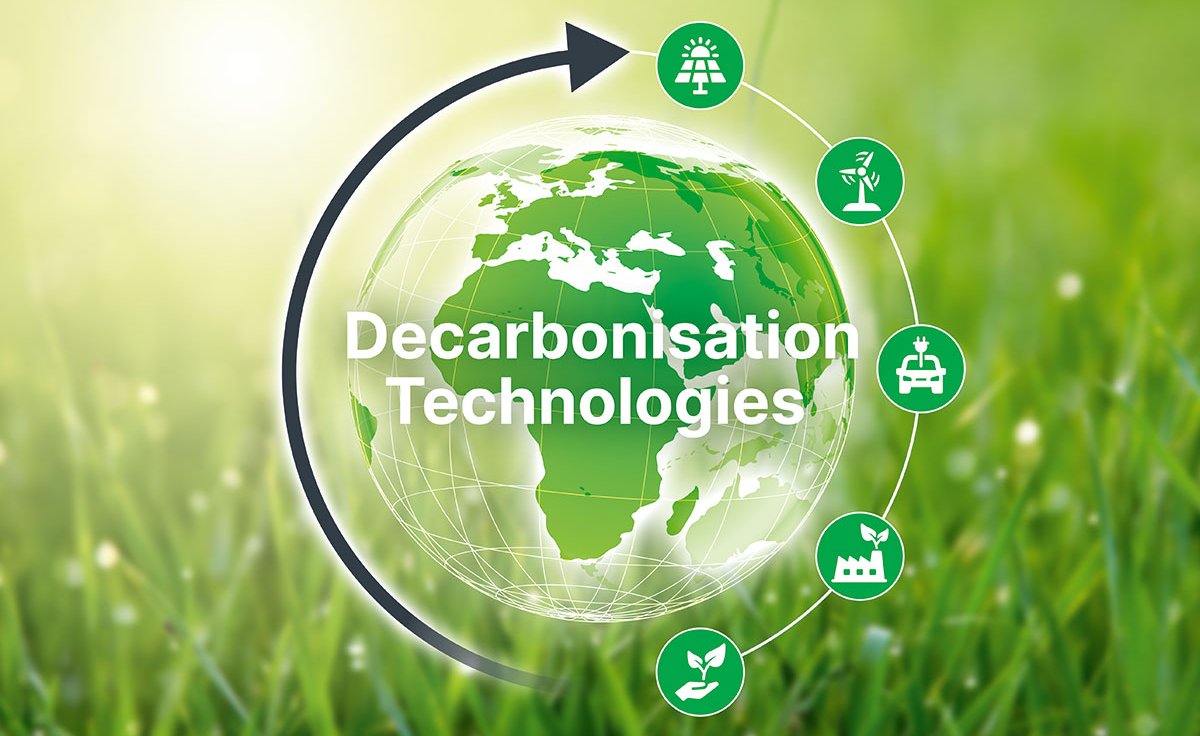Parts Search
We have access to a trusted, extensive global sourcing network. Select below whether you would like to search for a single part or multiple parts in one go. Enter the part number for your required electronic component in the box below and click 'search'.
Fast Part Search
Electronic components for energy efficiency
23 October 2023
The global energy crisis threatens to impact every organisation using electronic components, whether it's shifting sourcing strategies, keeping up with global trade policies, or bolstering data management. Massive amounts of money are at play when it comes to power distribution electronics. Are topological insulator-based energy efficient devices the answer?
Reaching decarbonisation goals and remaining profitable in electronics
The realm of technology innovation is all-encompassing and unceasing. It has completely transformed the globe, spanning from the era of personal computers, the explosive growth of the Internet, to the present-day ubiquity of mobility and connectivity in our residences, vehicles, and virtually every aspect of our lives. Whether making calls, engaging in conversations, enjoying movies, capturing images, filming videos, browsing the internet, and utilising fitness, health, or entertainment applications. All these tasks demand significant energy resources, not only for the operation of billions of individual devices but also to sustain the operation of servers that manage the ever-expanding volumes of data they handle.
Many companies have ambitious decarbonisation goals which must be balanced with remaining profitable. The pandemic led to a significant increase in the use of electronic devices, resulting in a higher need for digital products and placing electrical engineers under pressure to shorten time-to-market while maintaining decarbonisation goals in their performance standards.
A new material that runs on very little power while producing almost no heat
Earlier this year researchers from the University of Twente based in the Netherlands, announced that they had proved that Germanene a two-dimensional material made of germanium atoms behaves as a topological insulator. What’s more it has the potential to usher in a major breakthrough in the performance and energy efficiency of present-day electronic devices. A topological insulator is a material whose interior behaves as an electrical insulator while its surface behaves as an electrical conductor, meaning that electrons can only move along the surface of the material. Another remarkable property of this type of material is it conducts current with almost zero loss. This means virtually no heat is generated, because resistance is minimal. So, using it in electronic components has the potential to deliver unprecedented efficiency by eliminating the energy losses associated with heat generation.
Germanene has the potential to dramatically improve the energy efficiency of components
The unique properties and physics of germanene may be utilised for energy efficient devices, such as low-power consumption electronics and high-performance thermo-electrics. Researchers also discovered that the conducting properties of the material can be switched "off" by applying an electric field. This property is unique for a topological insulator. The possibility to switch between 'on' and 'off' states adds an exciting application case for germanene, as it paves the way for designing topological field-effect transistors. These transistors could replace traditional transistors in electronic devices. Resulting in electronics that no longer heat up.
Source: The research is published in the journal Physical Review Letters.

